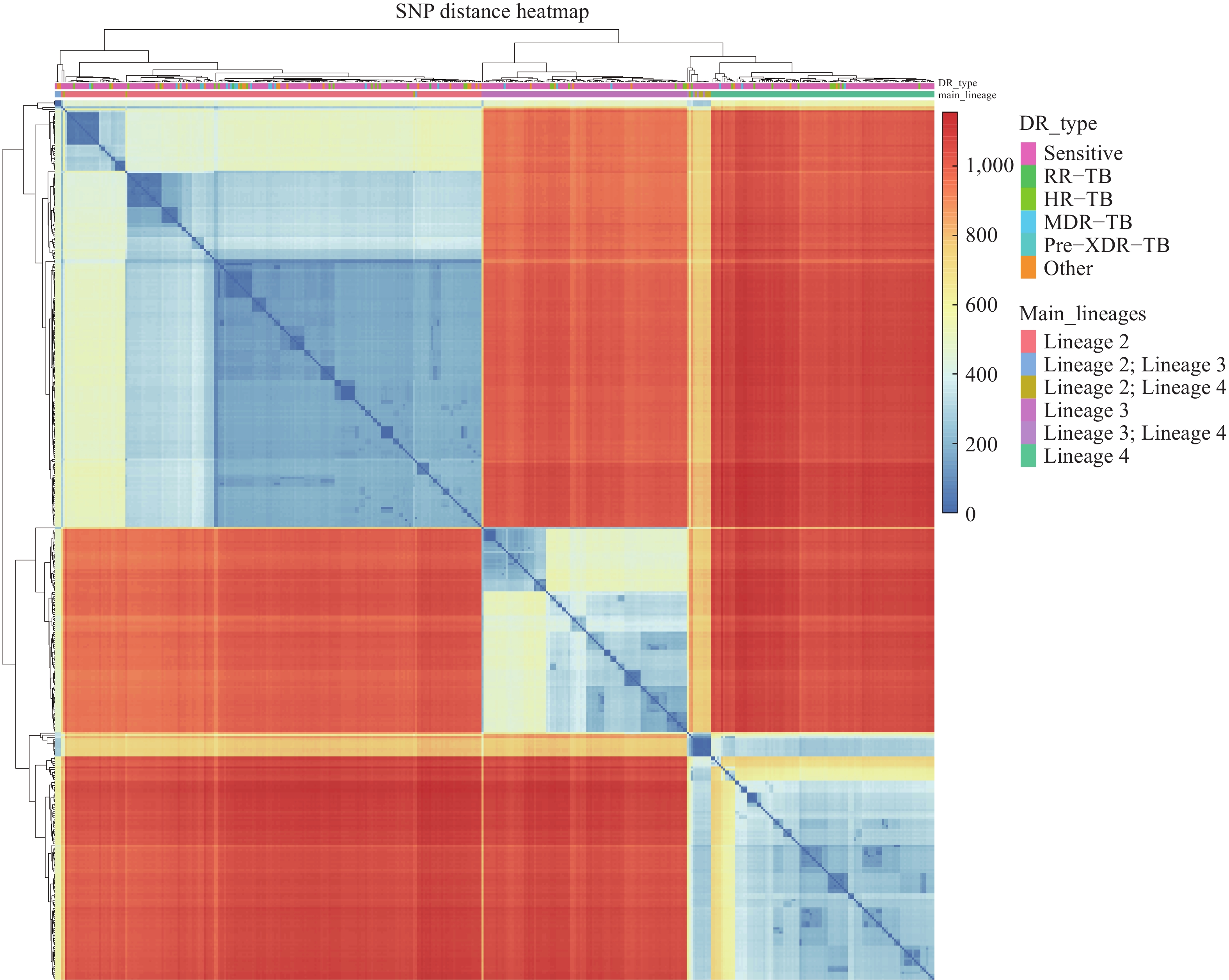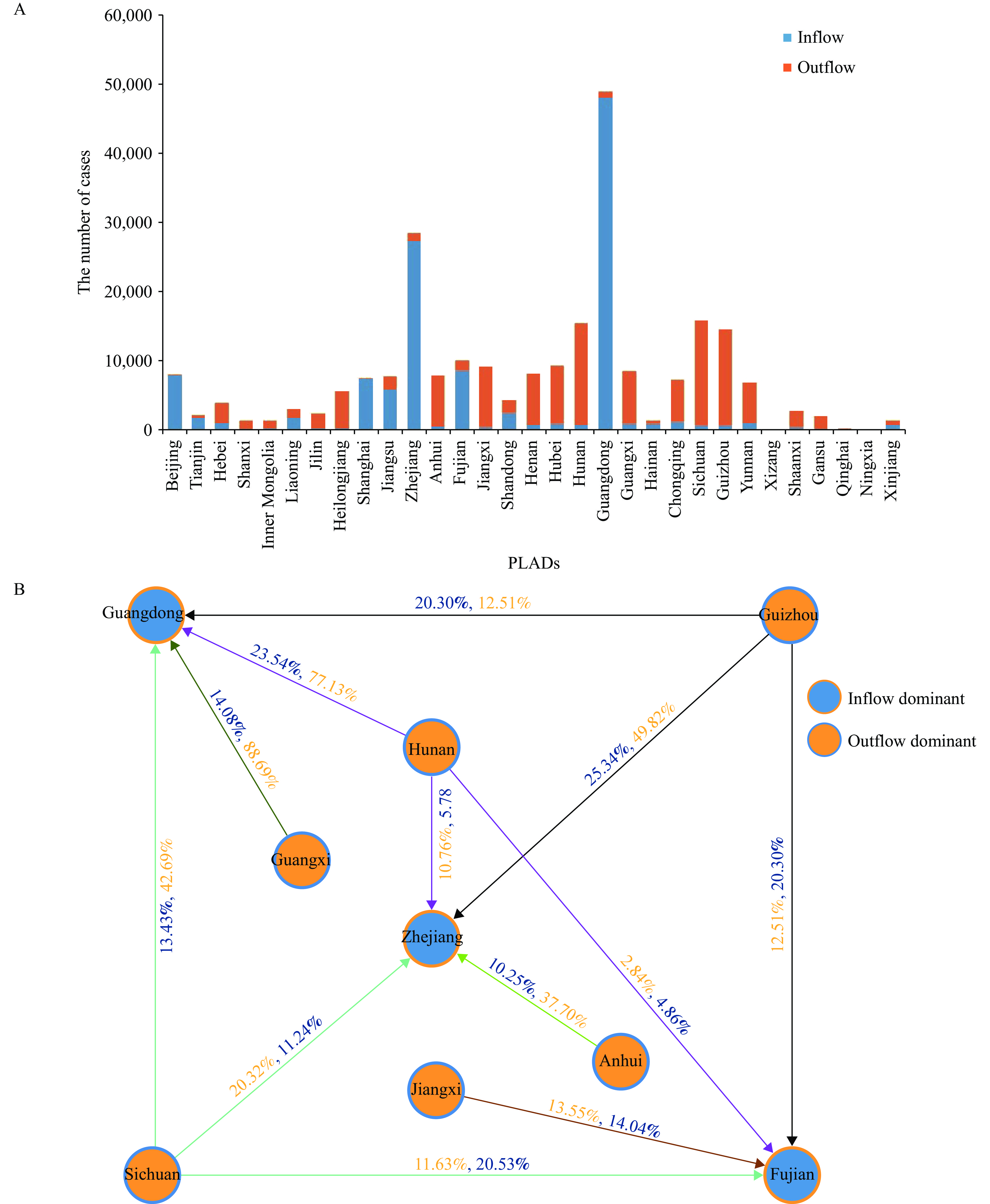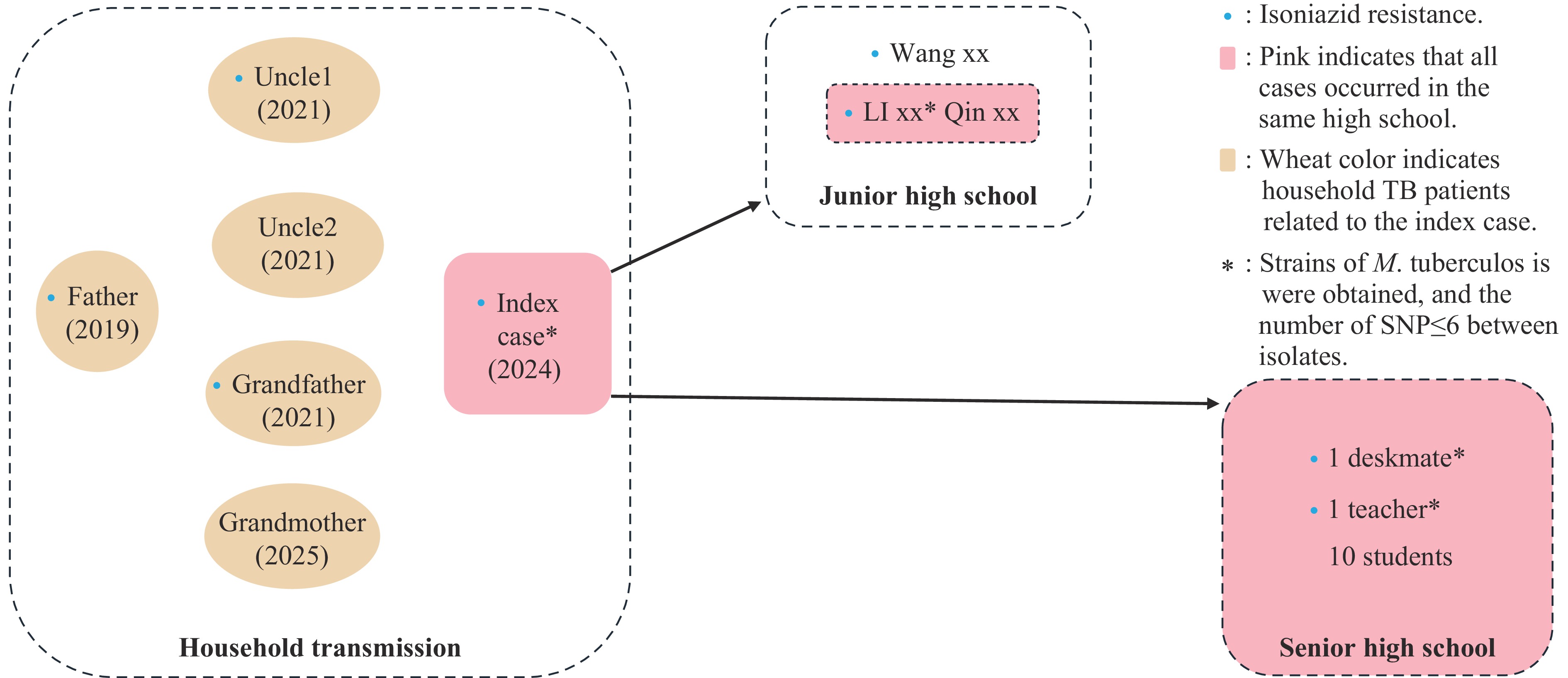2025 Vol. 7, No. 33
Chikungunya virus (CHIKV) represents an Aedes-borne alphavirus that causes fever, rash, and severe arthralgia. Outbreaks have expanded across 119 countries, with sporadic imported cases documented in China. While serum has been regarded as the optimal diagnostic specimen, comprehensive data comparing multiple specimen types across all infection phases have remained lacking.
Using 1,156 samples from the 2025 Foshan outbreak, we quantified CHIKV RNA levels from 6 days before to 12 days after symptom onset. Serum consistently yielded the highest viral loads, while saliva, urine, and throat swabs demonstrated inferior performance. Viral RNA detection was achievable as early as 1 day before symptom onset. Days 0–7 post-symptom onset constitute the phase of explosive viral replication, representing the optimal timeframe for specimen collection to minimize false-negative results. From Day 8 onward, antibody IgG testing should be incorporated to prevent diagnostic gaps.
Pre-symptomatic polymerase chain reaction (PCR) testing of serum (day-1) enables interception of imported cases at ports of entry; days 0–7 represent the optimal clinical sampling window to minimize false negatives. After day 8, antibody testing must supplement molecular diagnostics. This systematic analysis of CHIKV viral-load kinetics provides critical evidence for calibrating quarantine duration, optimizing contact-tracing intensity, and allocating resources effectively, thereby reducing community transmission risk substantially.
Currently, Mycobacterium tuberculosis is classified into 9 major lineages, each exhibiting distinct geographical distribution patterns and transmission characteristics. In China, Lineage 2 predominates, while Lineage 3 is primarily distributed in the Xinjiang region.
This study integrated multidimensional analyses incorporating patient characteristics, strain lineages, drug resistance profiles, and transmission networks, providing a comprehensive elucidation of Mycobacterium tuberculosis molecular epidemiology.
Molecular epidemiological insights into Mycobacterium tuberculosis transmission in Southern Xinjiang enable precision tuberculosis control.
Tuberculosis (TB) represents one of China’s most significant infectious disease, with inter-provincial population migration posing a challenge to controlling its spread. This study examined TB cases among inter-provincial migrants across China from 2019 to 2023.
TB surveillance data were extracted from China’s Tuberculosis Information Management System and analyzed using R software (version 4.4.0). After information desensitization, the relevant information of TB patients with differing current and permanent address codes was extracted.
Between 2019 and 2023, we identified 123,945 TB cases among inter-provincial migrants, representing 4.03% (123,945/3,077,951) of all reported TB cases. The primary destination provincial-level administrative divisions (PLADs) for TB patients were Guangdong (48,183 cases, 38.9%), Zhejiang (27,383 cases, 22.1%), Fujian (8,582 cases, 6.9%), Beijing (7,959 cases, 6.4%), and Shanghai (7,403 cases, 5.9%), collectively accounting for 80.3% of all inter-provincial migrant TB cases. The PLADs with the highest outflow of TB migrants were Sichuan (15,155 cases, 12.23%), Hunan (14,707 cases, 11.87%), Guizhou (13,927 cases, 11.24%), Jiangxi (8,892 cases, 7.17%), and Hubei (8,441 cases, 6.81%). Among these migrant cases, 66.2% were male, 93.0% were newly diagnosed, 2.4% exhibited drug resistance. The proportion of individuals aged 45–64, aged ≥65 and re-treated exhibited a significant annual increase (P<0.001). The overall successful treatment rate was 89.5%, while 5.3% experienced adverse treatment outcomes. Throughout the study period, the lowest proportion of TB cases among inter-provincial migrants occurred in February.
From 2019 to 2023, the characteristics of TB among inter-PLADs migrant patients have undergone certain changes. The migration of TB primarily flows from economically weaker regions to more developed areas, with the main destination PLADs relatively stable. Effective TB control among inter-PLADs migrants requires targeted screening programs focusing on individuals from major source and destination PLADs. Tailored strategies should be developed based on the migration patterns of different PLADs.
Tuberculosis (TB) represents one of the world’s most significant infectious diseases, caused by Mycobacterium tuberculosis (M. tuberculosis). The pathogen spreads readily among students due to crowded environments and prolonged close contact during school activities.
This outbreak investigation identified 18 TB cases (15 students, 1 teacher, and 2 staff members), including 5 cases with isoniazid-resistant TB. Sixteen pulmonary TB cases demonstrated clear epidemiological linkage, indicating a clustered outbreak spanning multiple households, school grades, and both junior and senior high schools.
This outbreak underscores the critical importance of comprehensive household contact screening. When tuberculosis emerges within a family unit, school contacts — particularly students and teachers — require immediate and thorough screening. Additionally, the outbreak reveals significant gaps in the effectiveness and quality of entrance physical examinations that demand urgent improvement.
Staphylococcus aureus (S. aureus) represents a clinically significant pathogen and serves as a common causative agent of foodborne intoxication. The S. aureus strain ST59 constitutes the predominant clone associated with both community-associated methicillin-resistant S. aureus (CA-MRSA) and hospital-associated MRSA (HA-MRSA) infections. However, staphylococcal food poisoning (SFP) outbreaks attributed to ST59 MRSA have been documented in only a limited number of Chinese cities through retrospective investigations.
This report documents the first recorded outbreak of staphylococcal food poisoning (SFP) in Henan Province, which was attributed to the ST59-spa t441-SCCmec IVa CA-MRSA strain producing enterotoxins A and B. The confirmed source of the outbreak was contamination of donkey and goose meat with S. aureus enterotoxins A and B. Additionally, comprehensive genomic analysis identified multiple virulence genes and antibiotic resistance genes within the outbreak-related strains.
The identification of foodborne clones of ST59 CA-MRSA in this outbreak underscores the prevalence and transmission risks associated with this hypervirulent lineage. These findings highlight the critical need to strengthen surveillance measures for CA-MRSA among food industry workers and implement enhanced food safety protocols.



 Subscribe for E-mail Alerts
Subscribe for E-mail Alerts CCDC Weekly RSS Feed
CCDC Weekly RSS Feed



